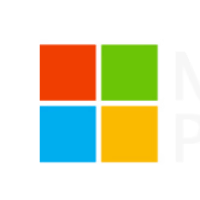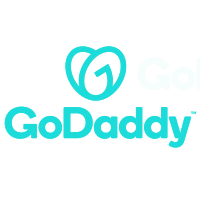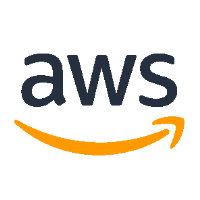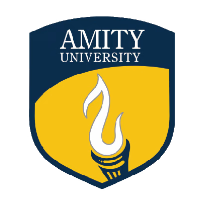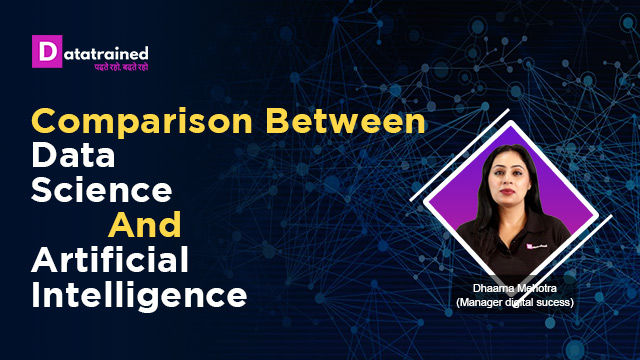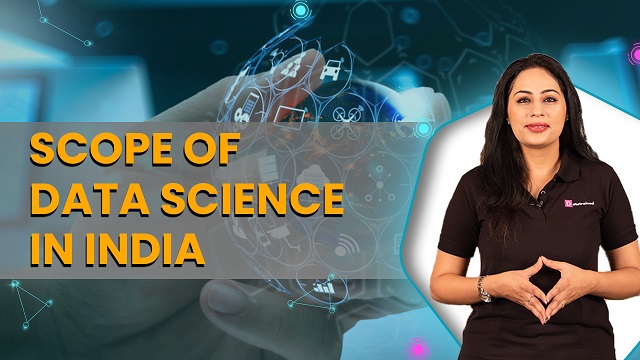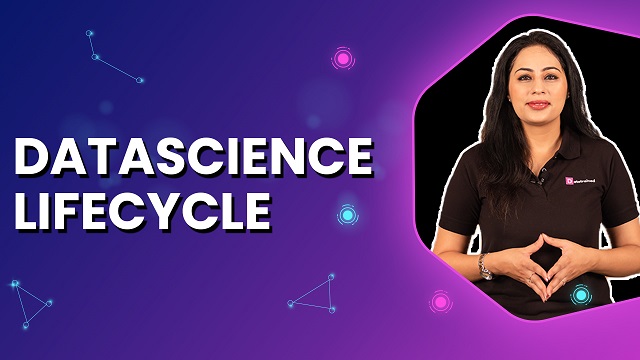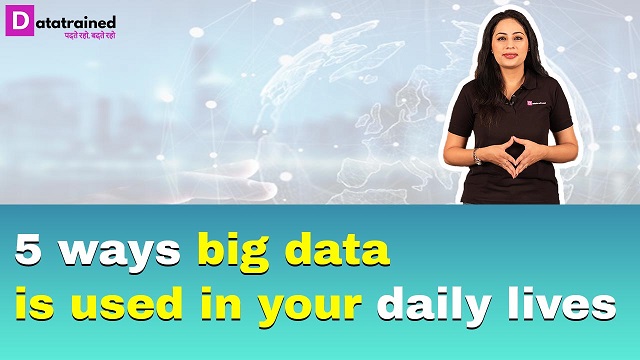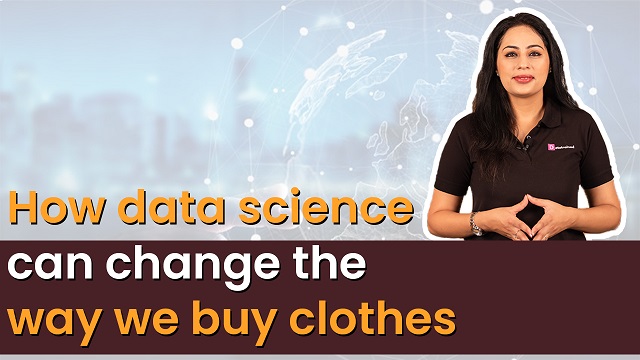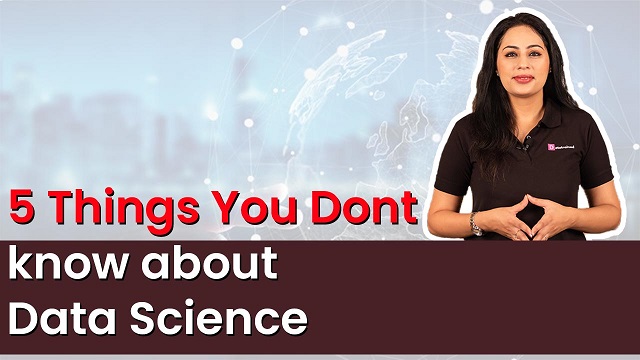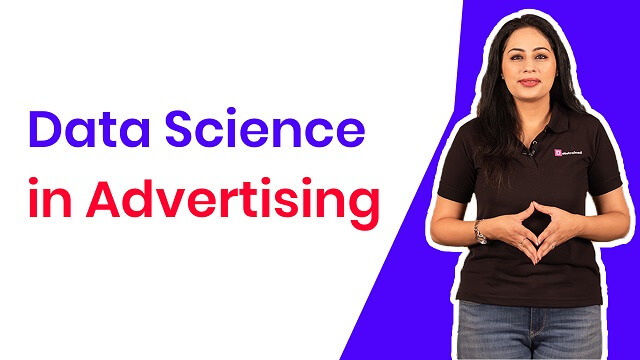With more than 8 million users, 1 billion
trips with approximately 1.5 lakh people driving for Uber across 449 cities in
66 countries – Uber is indeed the fastest growing startup standing at the top
of its domain. Tackling issues like inadequate transportation infrastructure in
several cities, unsatisfactory consumer experience, late cars, and more Uber
has “eaten the world” in under 5 years and is a remarkable brand to reckon with
regards to solving transportation problems for customers.
Data science is a crucial component of
Uber's philosophy. Uber does an excellent job of getting data-oriented people
throughout the organization via its premium Uber Analytics examination v3.1.
now let's talk about a few applications of data science within uber.
Surge Pricing
Generally when you make an attempt to book
an Uber, and everything you assumed would be a 100 rupee ride is apt to be 2-3
or 4 times higher - this's because of the surge rates algorithm which Uber
implements behind the scenes. Given a specific demand, what is the appropriate
price for a car based on the economic conditions? The king of the ride-sharing system keeps the surge rates algorithm to make sure that their passengers get a
ride every time they will need one even in case it comes in an inflated value.
Uber has used some sort of patent on surge pricing.
Matching Algorithms at Uber
Uber has innovative matching and routing
algorithms that direct automobiles to people and people to places. Directly
from the stage, you open the uber app until you reach the destination, Uber's
routing engine and matching algorithms are at work.
Uber engages a supplier pick map-matching the algorithm in which the customer selects the variables associated with service
and can make a match by supplying requests to probably the most optimum summary
of service suppliers.
Fare Estimates
Uber uses a combination of external and
internal data to calculate fares. Uber calculates fares immediately making use
of street traffic data, GPS info, and personal algorithms which make
alterations with respect to the time of the journey. It also analyses outside
data like public transportation routes to plan a variety of services.
Uber Data Science Tools
Python is the data science programming
words at Uber and it is extensively used by the Uber data team. Often used
third-party modules to do data science at Uber normally include, Matplotlib,
NumPy, SciPy, and Pandas. Uber data team does make use of R, Octave, or Matlab
from time to time for prototypes. D3 is considered the most recommended data
visualization program at Postgres and Uber is probably the most ideal SQL
framework. So, next time on your “Uber” ride experience, do think about some data
science that is going behind the scenes.






